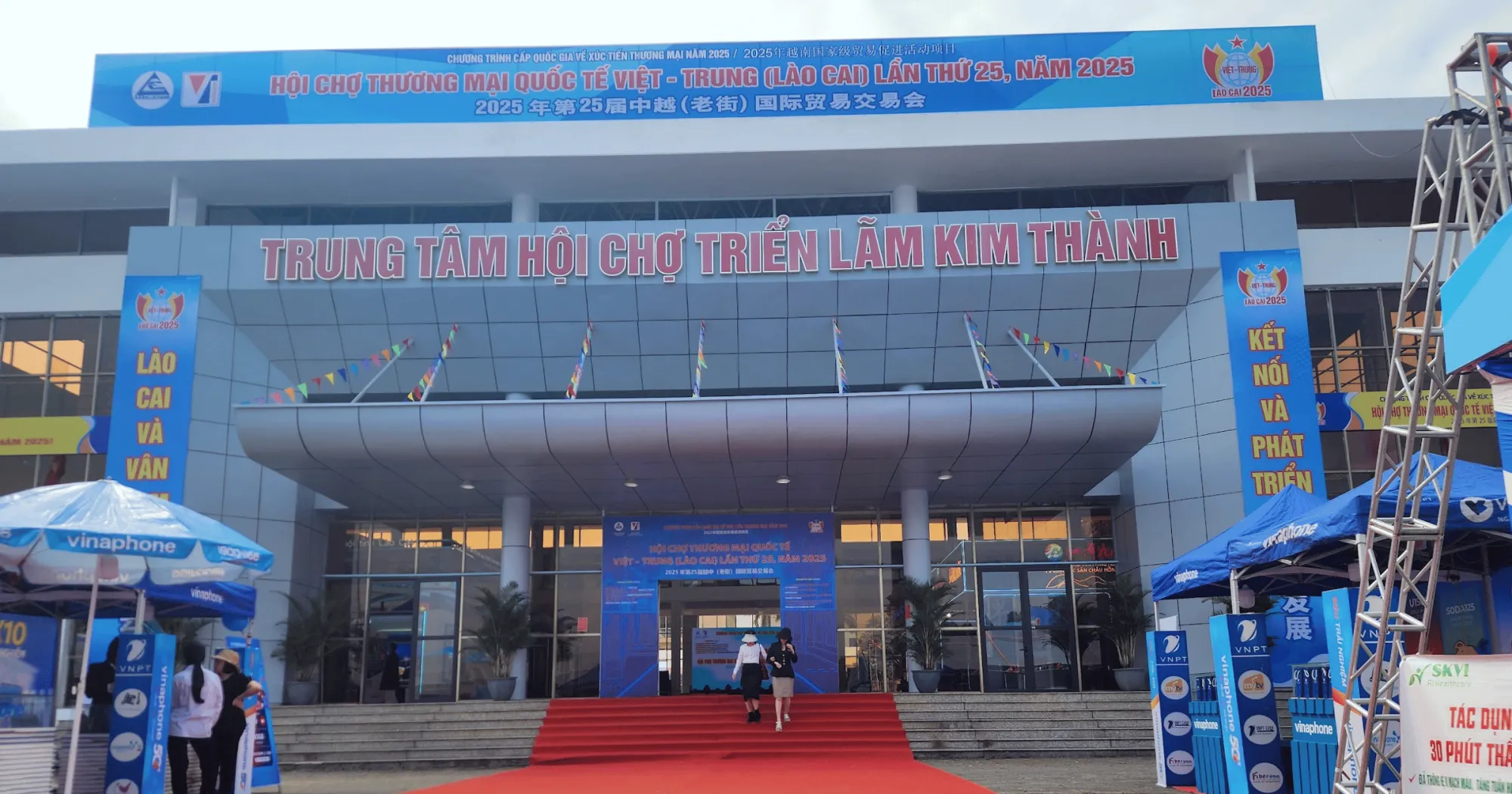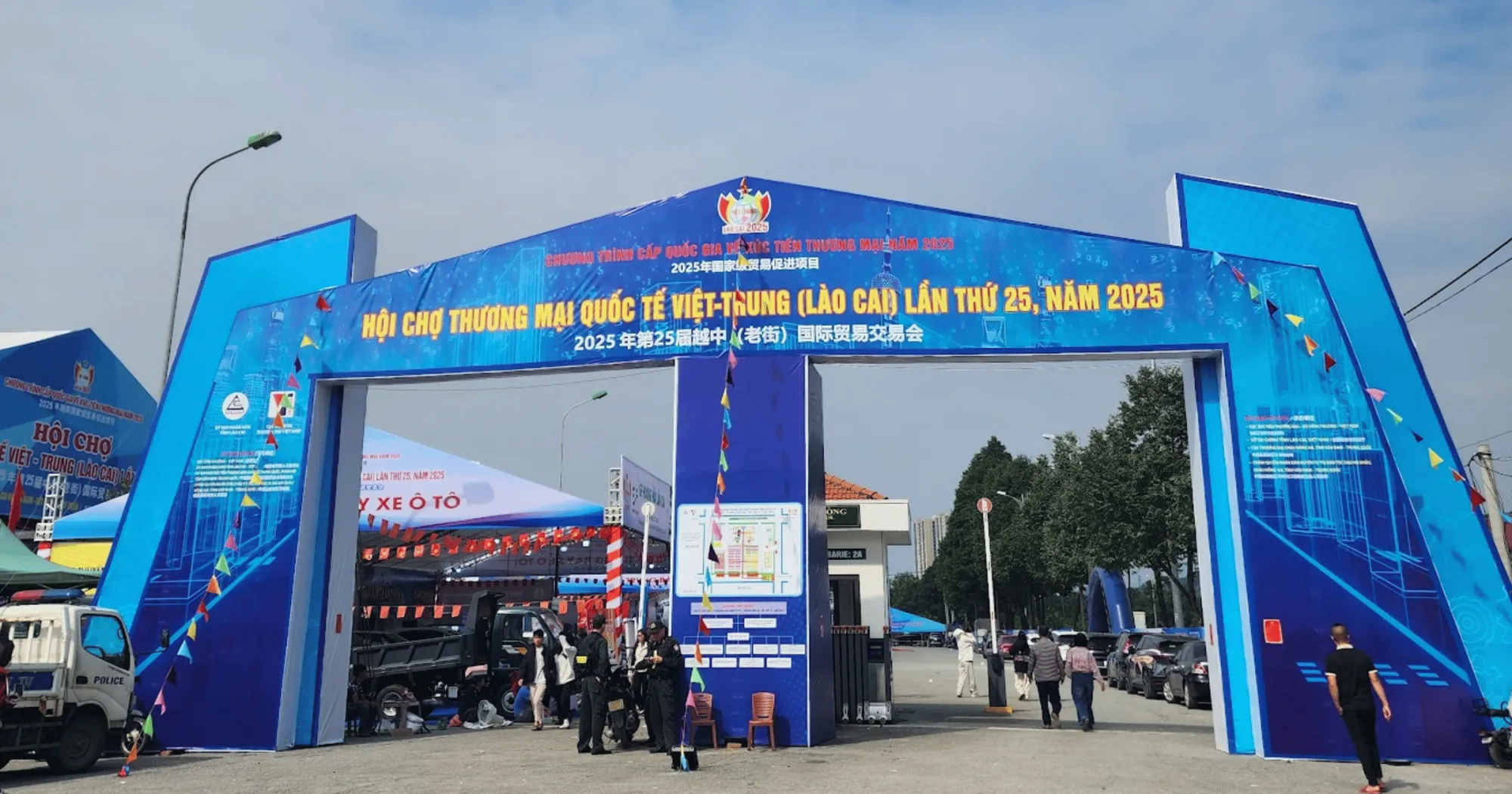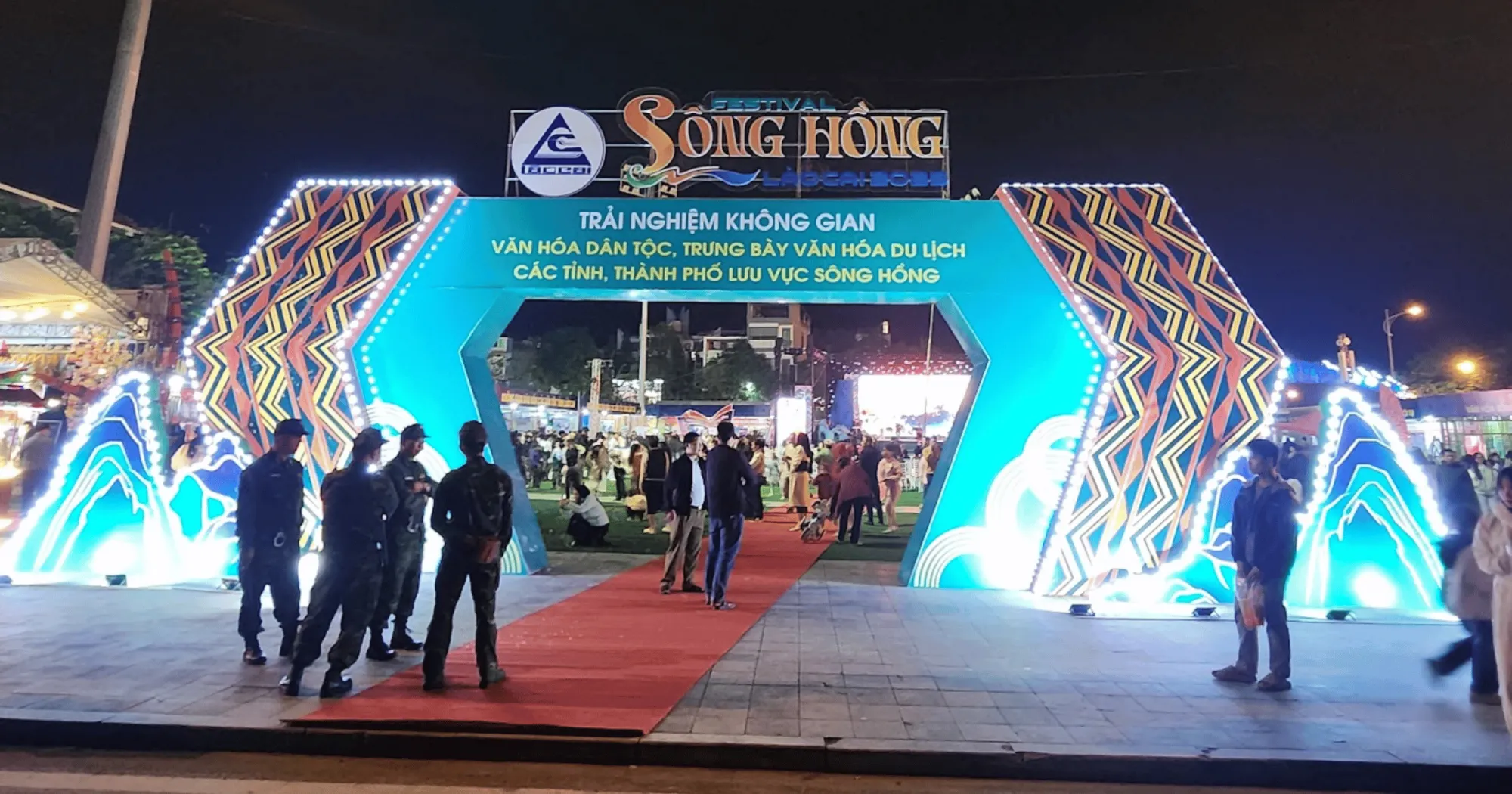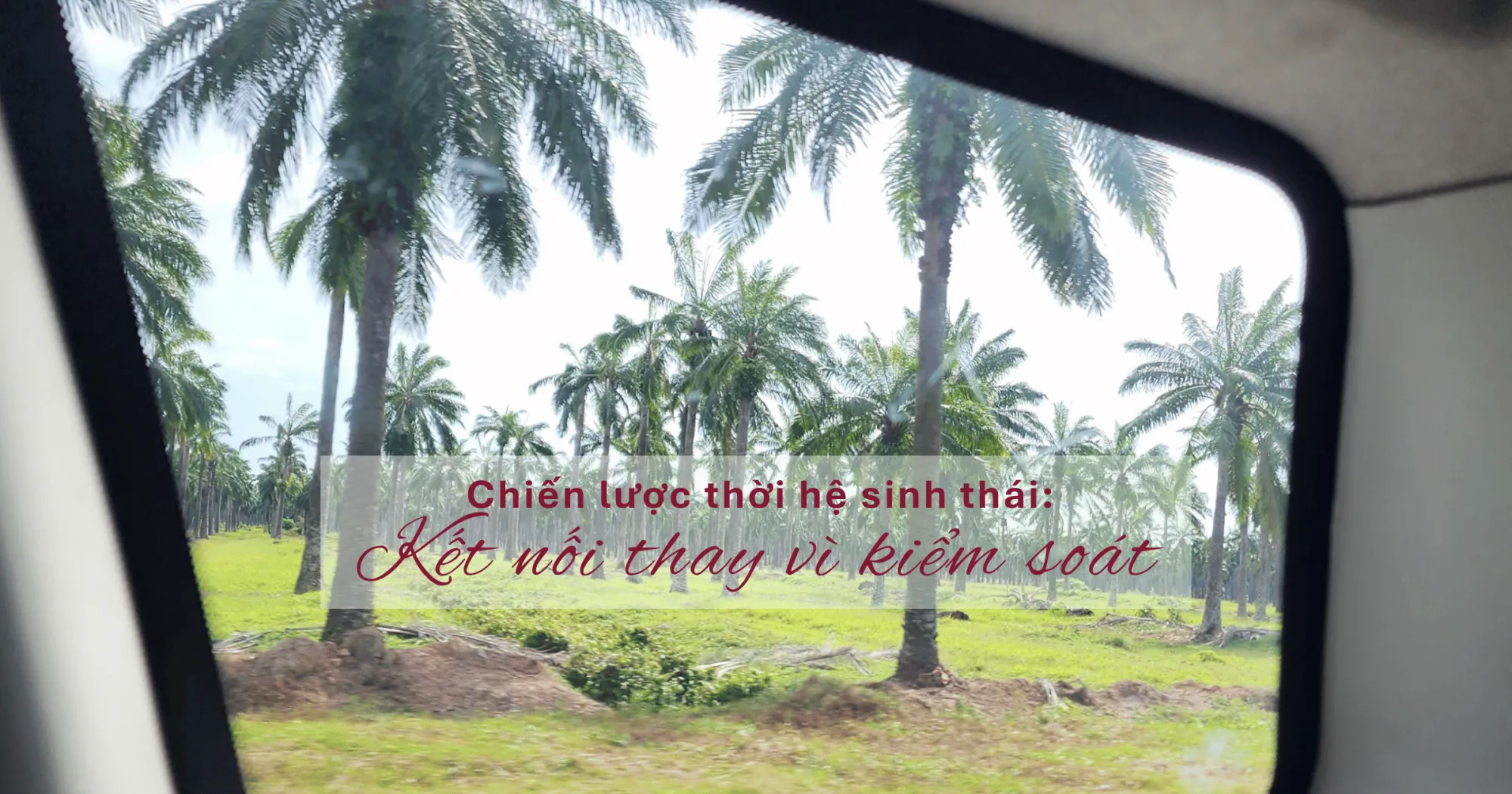Ganoderma lucidum is one of the precious medicinal herbs favored in traditional and modern medicine. With diverse climate and soil conditions, Vietnam has become one of the countries with the potential to develop high-quality Ganoderma lucidum. Depending on the region and cultivation conditions, Ganoderma lucidum can be cultivated according to a modern industrial model or grown naturally under the forest canopy. Learning about the growing regions and production methods will help increase the value of Vietnamese Ganoderma lucidum in the domestic and international markets.
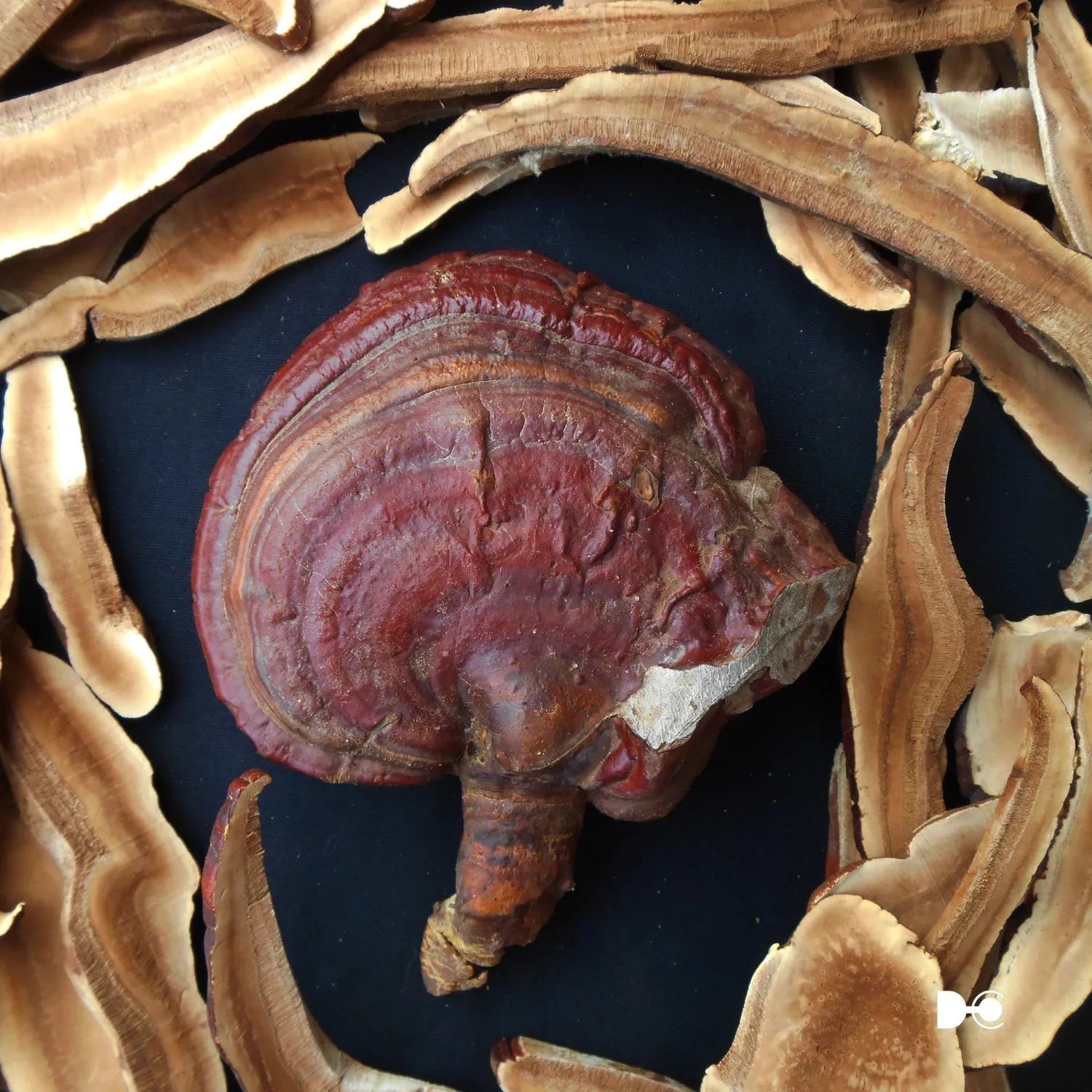
Introduction to Vietnamese Ganoderma lucidum
Ganoderma lucidum is a precious medicinal herb, widely used in traditional and modern medicine thanks to its biological active ingredients that are beneficial to health. In Vietnam, Ganoderma lucidum is cultivated and developed in many regions with different methods, from industrial cultivation to natural cultivation under the forest canopy. This not only helps meet market demand but also preserves and develops the country’s precious medicinal resources.
Ganoderma mushroom production regions in Vietnam
Vietnam has rich climate and soil conditions, creating favorable conditions for Ganoderma mushroom to grow. Below are some typical Ganoderma mushroom growing regions:
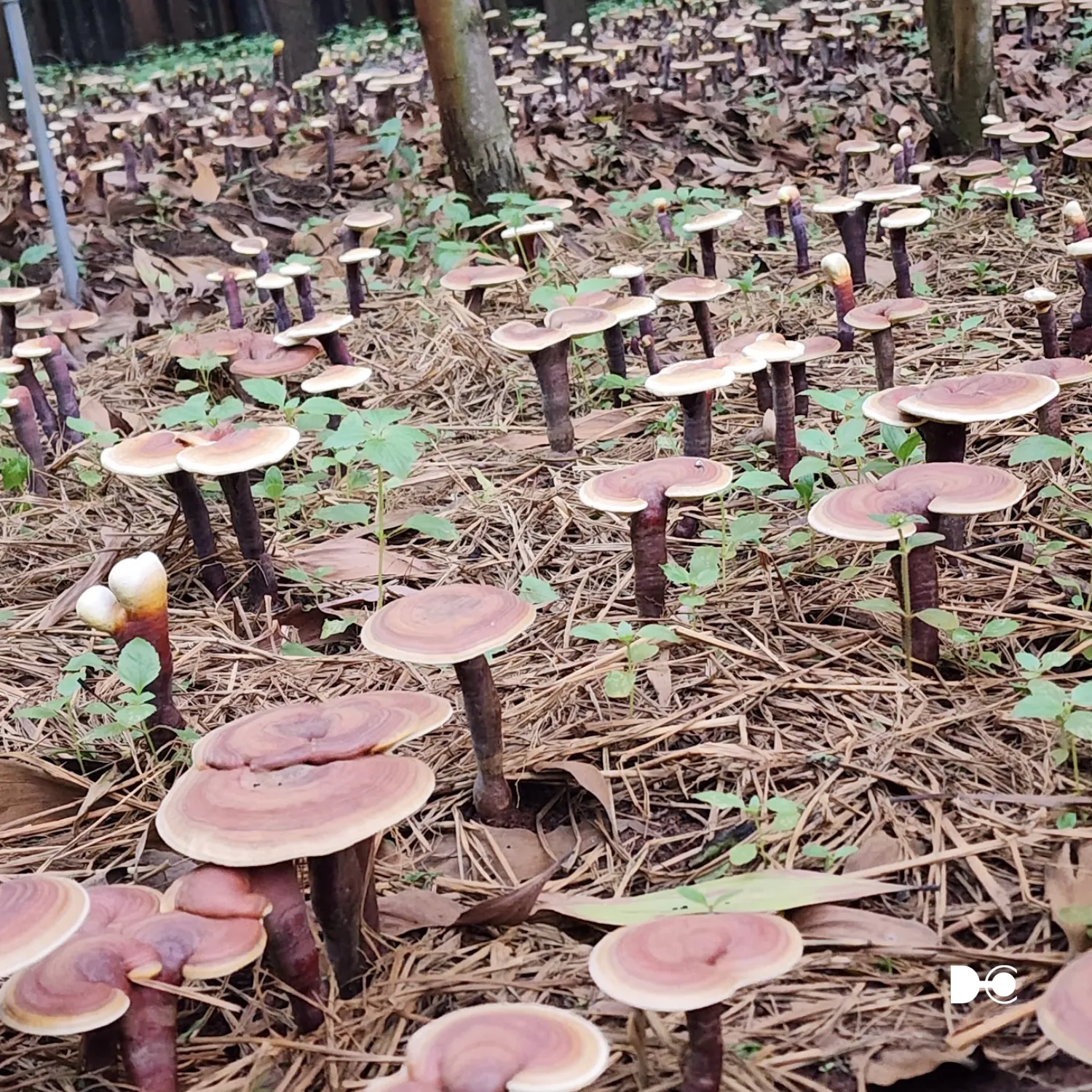
a) Central Highlands (Lam Dong, Dak Lak, Gia Lai, Kon Tum)
- Cool climate, high humidity, nutrient-rich red basalt soil help Ganoderma lucidum grow well.
- Main planting models: Growing in greenhouses, growing under natural forest canopy.
- The quality of Ganoderma lucidum from the Central Highlands is highly appreciated due to growing in conditions close to the natural environment.

b) Northern region (Hoa Binh, Lao Cai, Yen Bai, Bac Giang)
- The Northern region has cold winters and hot and humid summers, suitable for some species of Ganoderma such as red Ganoderma and black Ganoderma.
- The provinces of Hoa Binh, Lao Cai, and Yen Bai have strongly developed the model of growing Ganoderma under forest canopy combined with ecological conservation.
- Some places apply modern cultivation technology in greenhouses to control temperature and humidity.
c) Central region (Quang Nam, Thua Thien Hue, Quang Tri, Thanh Hoa)
- The tropical monsoon climate and some high altitude areas create a suitable environment for Ganoderma.
- Quang Nam and Thua Thien Hue are two provinces with a tradition of growing Ganoderma under natural forest canopy, especially in protected forest areas.
- Some farms apply industrial growing methods to increase productivity and meet market demand.
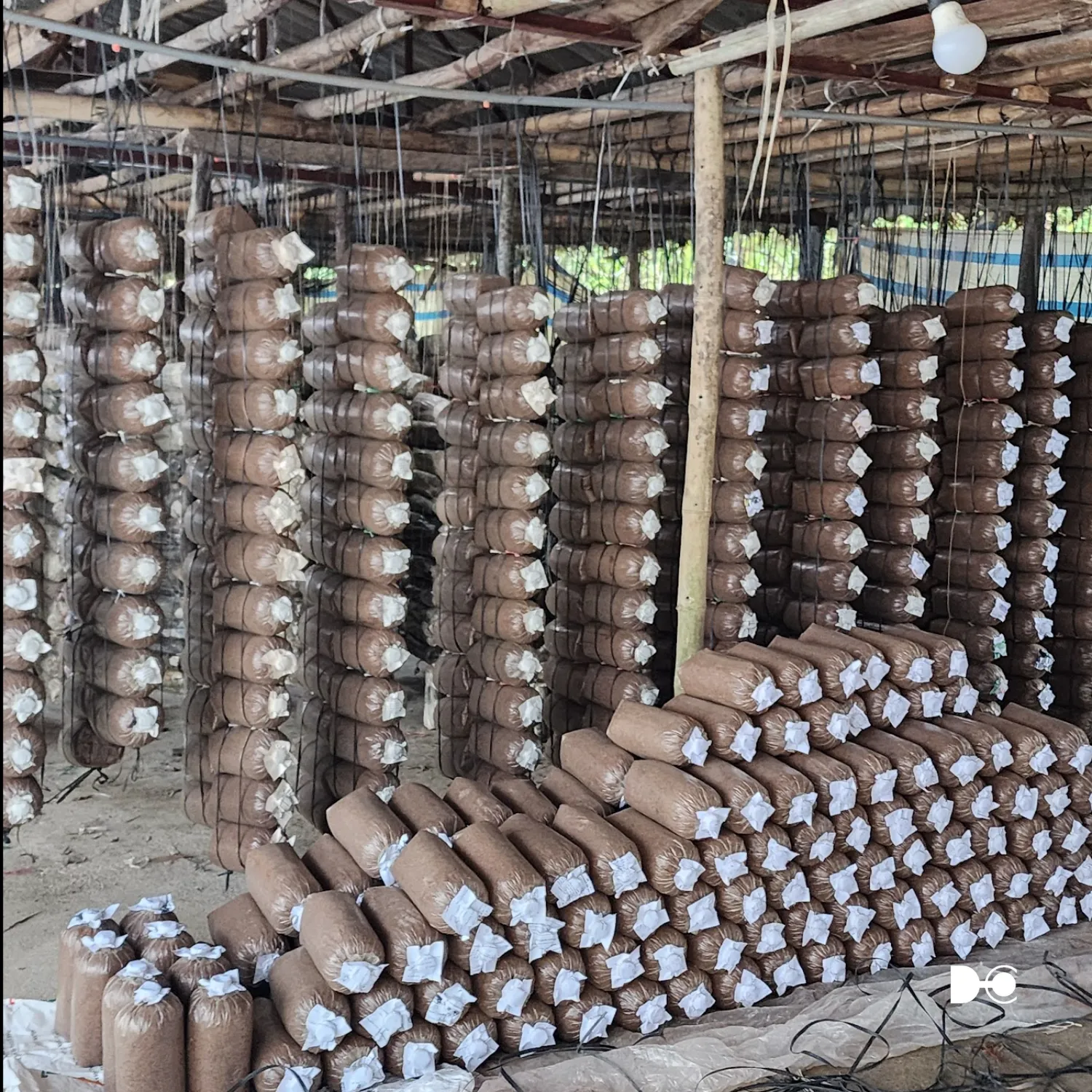
d) Southeast (HCMC, Binh Duong, Dong Nai, Ba Ria – Vung Tau)
- This region strongly develops industrial farming models, mainly in greenhouses or closed factories.
- Due to high consumption demand in big cities, the industrialized model of Ganoderma cultivation is promoted to provide stable products.
e) Southwestern region (Can Tho, Dong Thap, Sa Dec, Chau Doc…)
- This region strongly develops semi-industrial farming models, mainly in greenhouses or closed factories or taking advantage of the forest canopy of the garden
- Productivity and output are quite stable, however, due to the problem of not ensuring consistent output, many growers or large enterprises with large investments have left their farms empty.
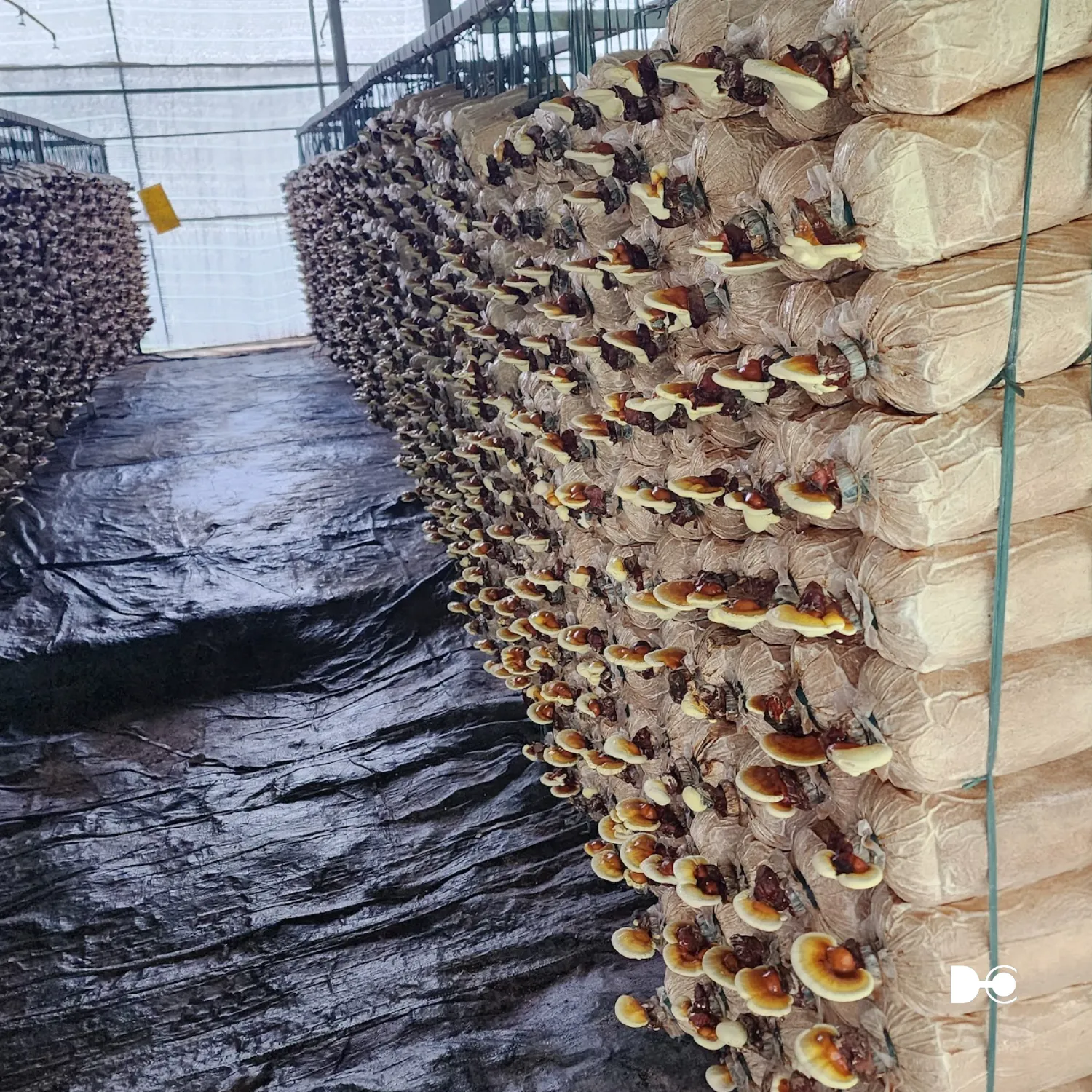
Types of Ganoderma cultivation
Ganoderma cultivation in Vietnam is carried out in two main ways:
a) Industrial cultivation
- Greenhouse and factory model: Ganoderma is grown on wooden substrate or sawdust in greenhouses and factories with strictly controlled temperature, humidity and light.
- Advantages: High productivity, uniform products, pest control.
- Disadvantages: High initial investment cost, need to apply modern technology to optimize production.
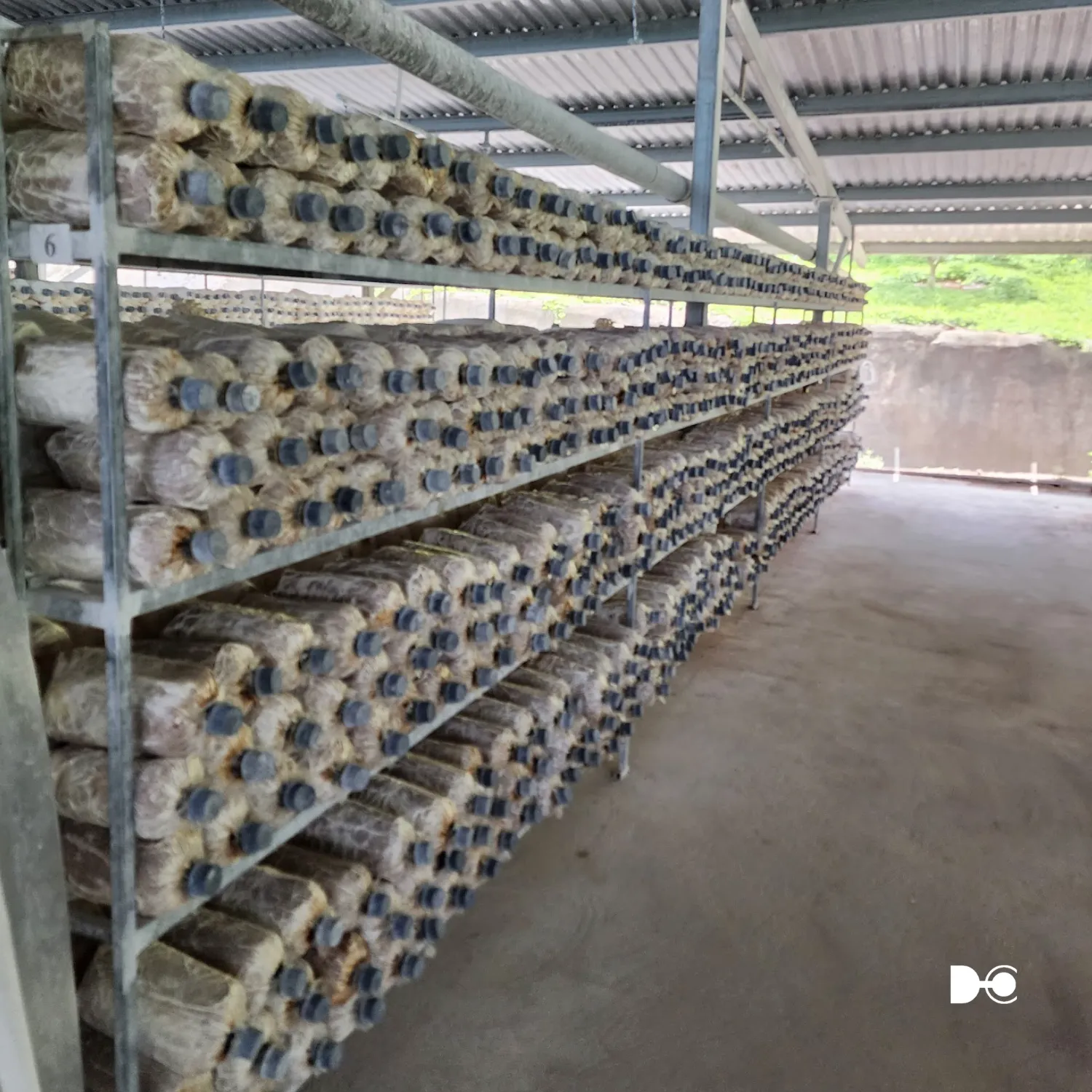
b) Growing under the forest canopy
- Semi-natural model: Ganoderma is grown on rotten wood or tree stumps under the natural forest canopy.
- Advantages: Better mushroom quality, retains high medicinal content, environmentally friendly.
- Disadvantages: Long growing time, unstable yield, greatly affected by weather conditions.
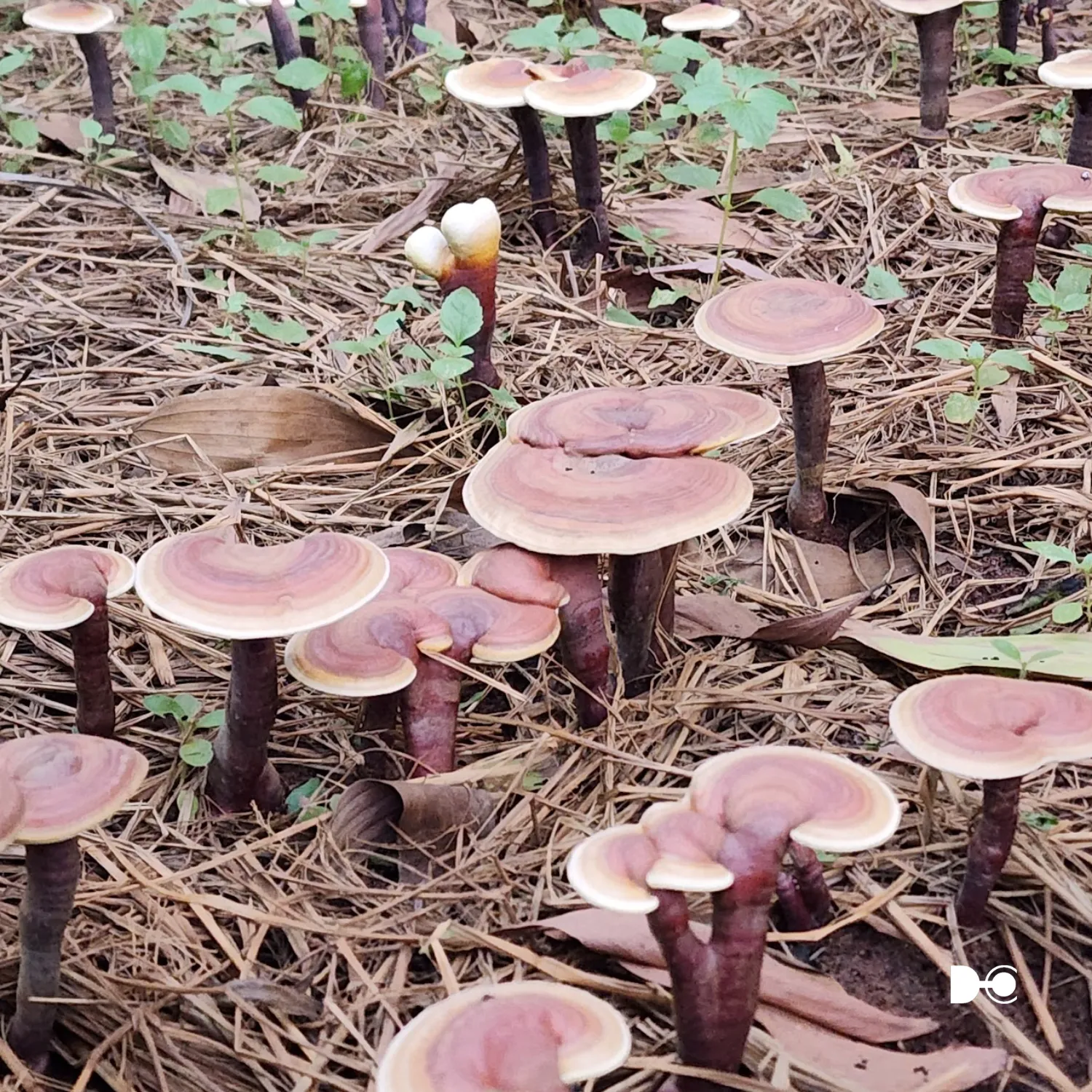
Potential and challenges of the Ganoderma mushroom industry in Vietnam
Potential
- The demand for Ganoderma mushrooms domestically and internationally is increasing.
- Abundant natural conditions and human resources give Vietnam an advantage in developing this industry.
- The government has policies to support the development of medicinal herbs, opening up great opportunities for the Ganoderma mushroom industry.
Challenges
- Competition with imported products from Korea, China, Japan.
- Lack of close connection between production and distribution units.
- The emergence of counterfeit and poor quality goods, affecting the reputation of Vietnamese lingzhi mushrooms.
Conclusion
Vietnamese Ganoderma has strong potential for development thanks to the diversity of regions and cultivation methods. To fully exploit this advantage, it is necessary to have a systematic investment strategy, control product quality, and build a solid brand to compete in the international market.



